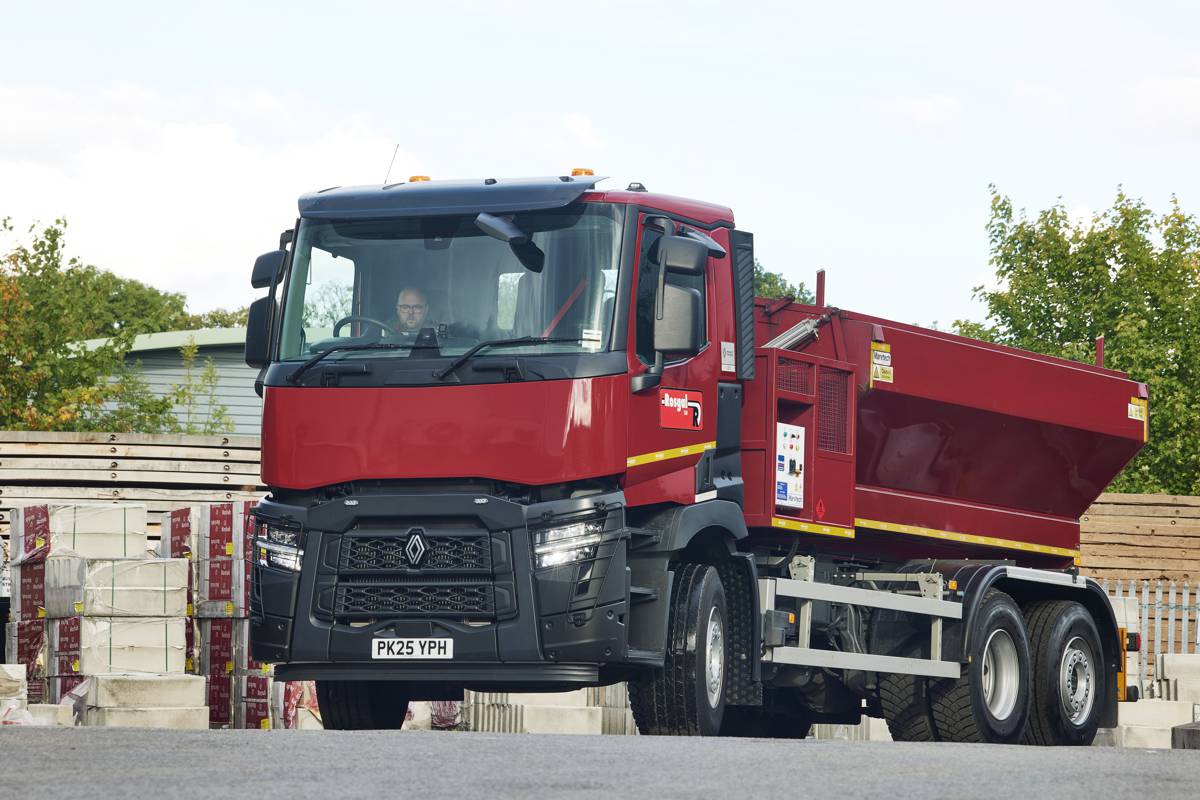Diamond based Micro-trenching
Nextec System AB is a provider of diamond micro trenching equipment company specializing on fibre deployment solutions with machines, equipment, materials, tools and knowledge for fibre optic network construction. Nextec developed one of the most advanced machines in the industry for laying ducts for fibre in hard surfaces. Their machine uses a unique diamond cutting technology to mill through the ground instead of the mechanized excavation found in similar technologies such as mini and micro trenching.
With years of experience in the business, deploying fibre all over the world, Nextec has learned that the complexity of deploying ducts is more than just making a trench. So, they set out to create a complete system with all the components, machines and expert knowledge with a complete chain from the planning, cutting, deploying, backfilling and final sealing.
The result is a unique method called “Diamond trenching”, which has all the advantages that micro-trenching provides without the downsides of the high disruption to the road and a much easier reinstatement process.
Diamond Cutting
The advantages of using diamond cutting in hard surfaces are many, the most noticeable is its high forward speed and capacity in comparison to other traditional methods. Using Nextec’s diamond trenching method can achieve around 300 metres of trenches per day, which means shorter projects to minimise disruption for the local community.
Since the width of the trench is just 24-30mm, traffic can pass over the open trench, so you no longer need to shut off any street or have to use heavier traffic management material.
Due to the diamond blade and its high rotation speed, the destruction of both the roads surface as well as the underlying bearing layers in the roads construction is minimized, which results in a much easier and quicker reinstatement.
Deployment Depth
Directly attached to the machine is a hydraulically operated laying unit that folds down during operation and positions itself tight behind the cutting blade. The ducting is threaded through the laying unit and is automatically laid in the bottom off trench as the machine continues forward. If the ducts were laid manually after the cut had been done, apart from the additional time it would take, there is a risk that the trench will collapse making it difficult to lay the ducting at the correct depth.
With a cutting depth of up to 380mm and a deployment of up to 24 pieces of 7 mm ducts allows a refilling height of 250mm. Different combination of ducts less than 18 mm wide can also be deployed. A normal combination is 2 pieces of 14mm duct together with up to 17 pieces of 7 mm duct.
Back fill
To minimize the risk of surrounding asphalt being damaged, Nextec try to keep the trench open for as short period of time as possible.
The refilling can be done with either gravel or the specially developed Nextec-Fill soft concrete that effectively fills all cavities and prevents the seal on top from sinking over time. Regardless of backfilling choice a robust and safe refill can be made the same day the trench was cut.
Sealing
The sealing can be made with different materials depending on the local requirements and Nextec can provide both a bitumen or thermoplastic based sealing material. Both leave a robust seal that will last for many years forward. Both materials are applied warm and can be heated in the trailer or truck mounted heating pots.
For application of the seal, Nextec developed a special asphalt applicator, it is a walk behind machine with a hydraulic outlet-screw that can be operated by just one person.
























